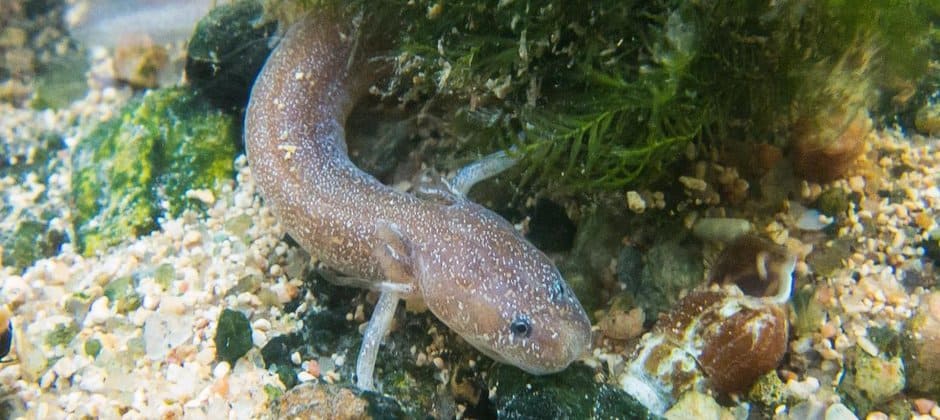Share this article
What’s ‘the biggest conservation bang for your buck?’
If you wanted to spend the least amount of money to get the most conservation value, where would you go? What species would you target?
That’s what Paul Armsworth, a professor in ecology and evolutionary biology at the University of Tennessee, Knoxville, and his team set out to answer. What, he wondered, would provide “the biggest conservation bang for your buck?”
“There are a lot of very worthy and important places one could work. But with only limited funding, you have to have a means to choose among them where you’re going to allocate that limited resource to have the biggest impact that you can,” said Armsworth, the lead author of a study published recently in Ecological Applications in search of the best ways to spend conservation dollars for maximum return to vulnerable species.
The team, which included multidisciplinary researchers from biology, economics, math and computer science, developed a tool that used information like immediate threats to different species, conservation actions already being taken, geographic range of species and the cost calculated to help the various species.
“The end result of it is what you might consider a giant bargain-hunting algorithm,” Armsworth said.
While the tool could be applied to a number of different animals and ecosystems, the team chose to look at vertebrates in the Lower 48 states.
They found that salamander conservation best met multiple criteria, such as relatively cheap conservation actions and a high degree of vulnerable species. Two areas in particular stood out. Those around Austin, Texas, where unique groundwater and limestone features mean “you’ve got that aggregation of a high number of highly endemic species,” and those in the Blue Ridge Mountains of North Carolina, which provided refuges for species even during past ice ages.
“Both are places where a small further investment of funds could actually make a big difference to a large number of species,” Armsworth said.
Armsworth said they are now working with a nongovernmental organization to put this tool into practice. He also said that while they didn’t yet consider the shifting suitability of ecosystems under future climate change scenarios, such analyses are planned, and the tool could easily work with this type of data to find areas that will provide good conservation value as the climate warms.
Header Image:
A new tool to help protect vulnerable species such as the Eurycea sosorum salamander found near Austin, Texas, identifies some of the most cost-effective conservation strategies in the U.S.
©Nathan Bendik, City of Austin








